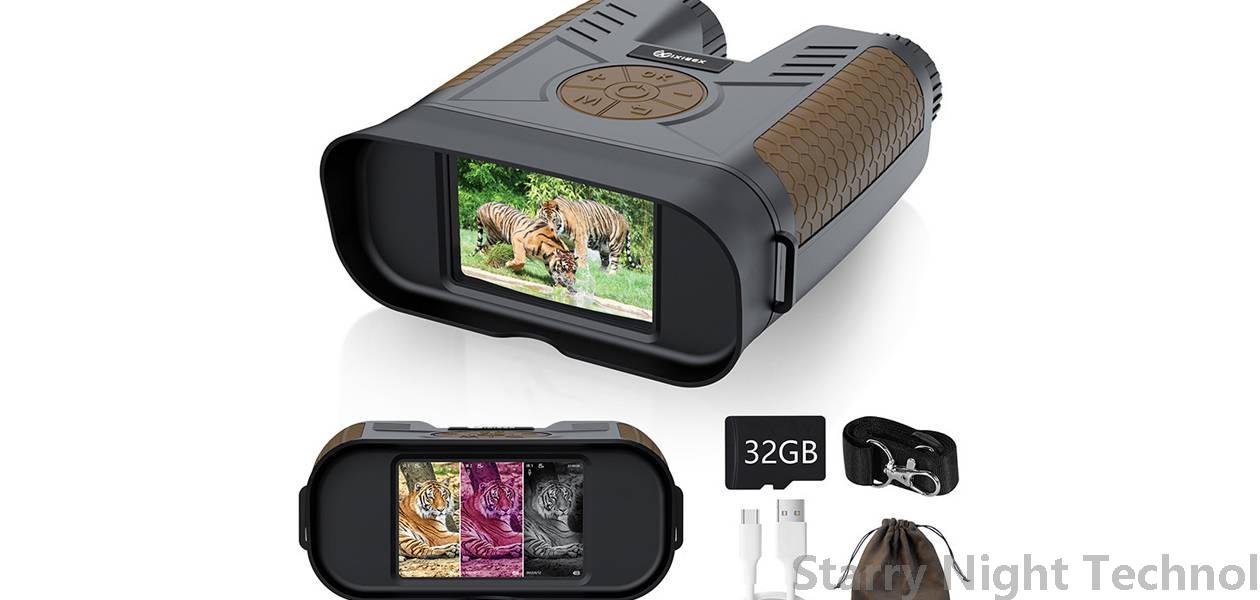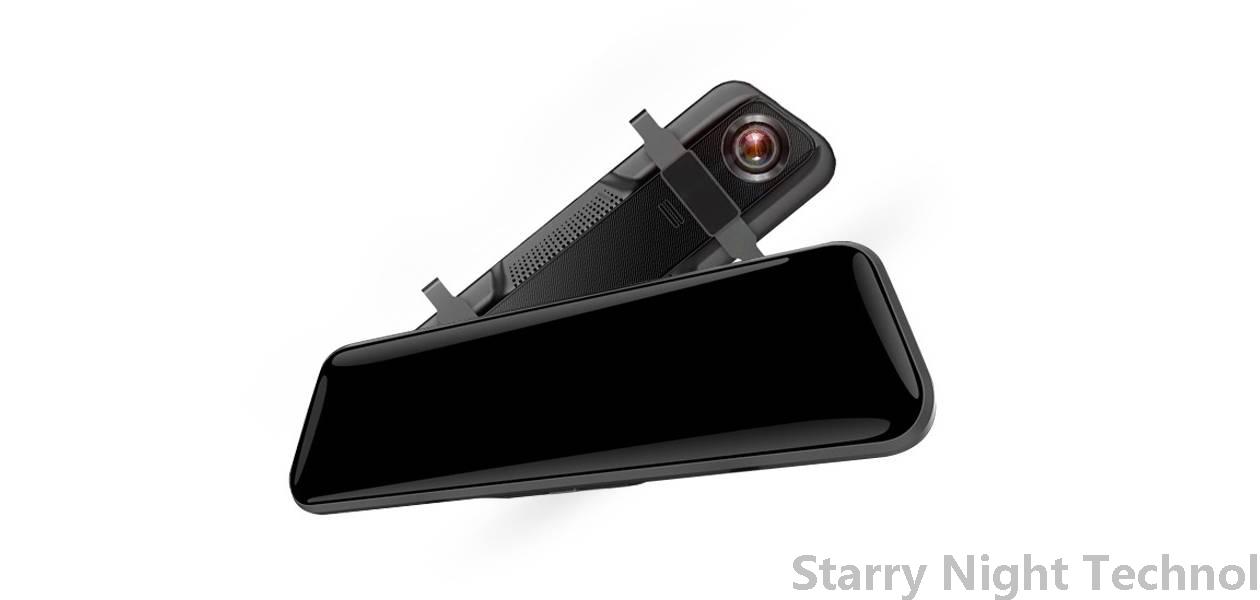The Versatility of Night Vision Devices in Military, Medical, and More
1728561622000

### Military Applications
In military contexts, night vision devices are perhaps most critical. The ability to see in low-light conditions is a significant tactical advantage, allowing armed forces to conduct operations under the cover of darkness. Technologies like Generation III and IV image intensifiers enable soldiers to detect and identify targets in complete darkness, increasing the effectiveness of reconnaissance missions. This heightened situational awareness helps reduce risks, allowing for better decision-making in combat situations.
Furthermore, NVDs are pivotal in enhancing the capabilities of specialized units such as snipers and reconnaissance teams. These personnel can observe enemy positions and activities without exposure to direct light, maintaining the element of surprise. Thermal imaging, another NVD technology, takes this a step further, as it detects heat emitted by objects, allowing soldiers to identify personnel and equipment, even through camouflage or foliage.
### Medical Applications
While less discussed, night vision devices are gaining traction in the medical field. In emergency medicine, NVDs can be employed during nighttime operations or in poorly lit environments. Paramedics can use night vision goggles to navigate and assess patients more effectively in emergencies that take place in low-light situations, such as traffic accidents. Enhanced visibility ensures that doctors and paramedics can provide prompt treatment without delay, improving patient outcomes.
Moreover, in surgical applications, certain medical practitioners employ specialized night vision devices to see detailed surgical fields without the interference of bright lights that can affect their vision. This application is particularly beneficial in delicate procedures that require uninterrupted concentration. The use of NVDs can preserve the natural night vision of medical professionals while performing complex surgeries in situations where traditional lighting is not feasible.
### Recreational Uses
The recreational sector is another area where NVDs have gained popularity. Night vision technologies are prevalent among outdoor enthusiasts, such as hikers, wildlife observers, and hunters who require visibility during nighttime activities. For example, hunters utilize night vision scopes on their firearms to increase their chances of spotting game after dusk, subsequently enhancing their overall experience and contributing to safe hunting practices.
 ### Industrial and Security Applications
### Industrial and Security ApplicationsIndustrial sectors also reap the benefits of night vision technology. In construction and maintenance, NVDs enable workers to monitor tasks after hours or in dark environments, reducing accidents and improving efficiency. Operators of machinery and equipment can maintain greater control, preventing workplace injuries associated with inadequate lighting.
Moreover, the security domain has adopted the use of night vision devices extensively. Surveillance systems enhanced with night vision capabilities allow for continuous monitoring of properties, even in complete darkness. Businesses and homeowners can utilize these devices as part of their security infrastructure, ensuring they remain vigilant during nighttime hours. Additionally, law enforcement agencies frequently employ NVDs for surveillance operations and tactical missions, allowing officers to navigate dark areas safely while maintaining situational awareness and control.
### Advances in Night Vision Technology
The evolution of night vision technologies has broadened their applicability across different fields. Initially reliant on analog systems, the modern era boasts digital advancements, including white phosphor technology and high-resolution imaging. Such improvements ensure clearer, more detailed images necessary for both military and civilian uses.
Augmented reality (AR) integration in night vision devices also opens further avenues for their application. Enhanced overlays can assist military personnel in decision-making, while in medical environments, physicians can use AR technologies to visualize anatomical structures more clearly. The integration of NVDs with thermal imaging, movement detection, and even AI-driven analytics fosters a comprehensive ecosystem of surveillance and data collection.
### Conclusion
The versatility of night vision devices extends far beyond their military roots, influencing medical practices, recreational activities, industrial safety, and security applications. As technology continues to advance, the potential for these devices will only grow, paving the way for more innovative uses that enhance safety, efficiency, and understanding in various fields. Whether it’s a soldier on the battlefield or a medic in a dark alley, the impact of night vision technology is profound, demonstrating its essential role in modern society.
What brand of night vision device should I buyStarry Night Technol

